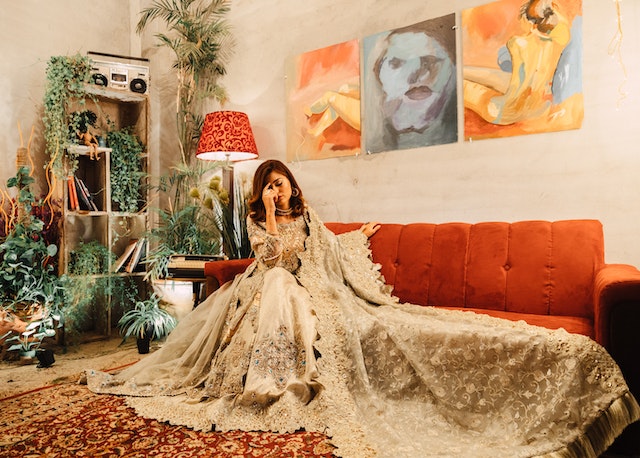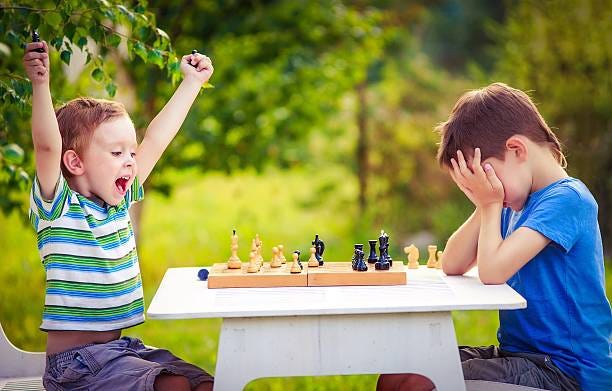Self-portraits are a powerful way to express your creativity and individuality. They allow you to explore your inner thoughts and feelings or capture your beauty uniquely. However, what separates a simple selfie from a captivating self-portrait? Self-portraits involve mastering lighting, styling, makeup, composition, and editing. But above all, it’s about embodying self-confidence.
Read more below to learn how you can transform your self-portraits into works of art in the comforts of your home.
8 Elements of a Self-Portrait Shoot
There is no right or wrong way to take self-portraits. However, you can take your creativity to the next level by considering the following elements before setting up your camera.
-
Lighting
Lighting can dramatically set the mood and bring out your features. When on a budget, use natural light—especially during the golden hours of sunrise and sunset—for soft, flattering illumination.
Alternatively, you can use artificial light sources such as lamps and candles to produce creative effects. The direction and intensity of light can dramatically transform the atmosphere of your self-portraits. -
Home design
Your home can be a treasure trove of captivating backdrops for your self-portraits. For instance, you can use your living room to take self-portraits with a cozy and warm vibe. On the other hand, your bedroom can be an excellent space to take intimate boudoir photos.
You can even modify the textures, colors, and furniture in your living space to significantly influence your self-portraits’ overall aesthetic. Not only will doing so take your shoots to the next level, but it will also increase your home value. -
Makeup
Makeup allows you to accentuate your best features, whether emphasizing your eyes, defining your brows, or adding depth to your lips. It can also reflect your mood or style for a particular self-portrait.
Bold and vibrant colors may convey confidence, while a more natural look can evoke authenticity and vulnerability. Consider watching makeup tutorials online or seeking help from friends to learn how you can achieve your desired looks. -
Composition and framing
Composing your self-portraits with precision is essential for creating visually pleasing images.
Use techniques like the rule of thirds or leading lines to establish visual balance within your frame. You can also achieve that by incorporating negative space. Besides arranging yourself in the camera’s frame, make your backdrop and props look attractive to blend nicely with your vibe.
Moreover, experiment with different shots and perspectives. Doing so will let you discover the most flattering and visually engaging shots for your self-portraits. Finding your angle can also help you shoot faster and easier since you already know which side of your face and body makes you look good. -
Facial gestures
Your facial gestures tell stories and send messages. It engages your viewers on a deeper level and invites them to interpret the narrative you’re portraying. As such, try conveying genuine emotions and sentiments—whether it’s the joy of a smile, the introspection of a thoughtful gaze, or the vulnerability of a subtle expression. -
Props and accessories
Props and accessories can add depth and context to your self-portraits. One way to go about them is by using items that hold personal significance or contribute to the story you are telling. For instance, you can use your favorite instruments as a prop if you are a musician. You can also hold a bouquet if you want to look soft.
Use accessories like jewelry, hats, or scarves to enhance your style and create an eye-catching focal point in your self-portraits. -
DIY photography setups
You do not need a professional studio to capture stunning self-portraits. You can clear space in your home and set up a backdrop to suit your vision, ensuring you arrange your preferred lighting correctly.
If you are on a budget, use everyday items like bedsheets as your backdrop or desk lamps to create unique lighting effects. Adapt and make the most of what you have available to you. Who knows? You may even create outstanding and remarkable self-portraits with your resourcefulness. -
Editing and enhancements
After capturing your self-portraits, edit them to refine your images. This step involves adjusting colors, contrast, and sharpness to enhance the final result. However, post-processing will depend on the theme you are aiming for with your self-portraits.
If you only want ordinary portraits, remember to balance enhancement and maintaining your natural appearance. As much as possible, polish your self-portraits without sacrificing authenticity, ensuring your unique beauty shines through in the final images.
Importance of Self-Confidence in Self-Portrait Shoots
At the end of the day, the most important thing you must bring to a self-portrait shoot is self-confidence. It allows you to be comfortable in your own skin and pose better in front of a camera. When you are confident, you are more likely to take risks and try new things, which can lead to more creative and interesting self-portraits.
Remember, self-confidence is a journey, not a destination. It takes time and effort to build, but it is worth it. So do not give up on yourself, and keep practicing those self-portraits.
Show Your Brightest Smile
Self-portraiture is a canvas for self-expression. It is a journey of discovery and an art form transcending mere photography. Aside from taking note of the elements above, remember that each click of the camera is an opportunity to become both the artist and the muse.
Embrace the artistry in self-portraiture, for it allows you to paint your stories, moods, and passions with light, design, makeup, and creative composition. Pick up their camera, experiment, and unveil your unique self through the lens.





